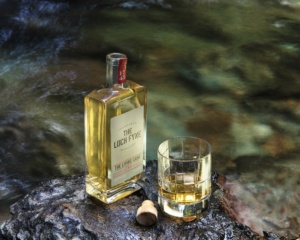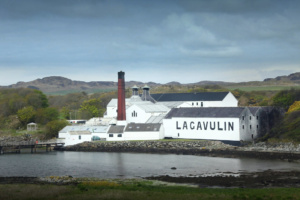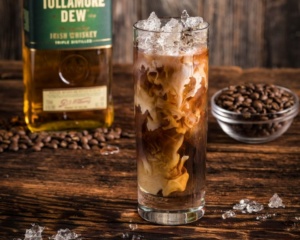Top Whiskies From Asia
Hibiki
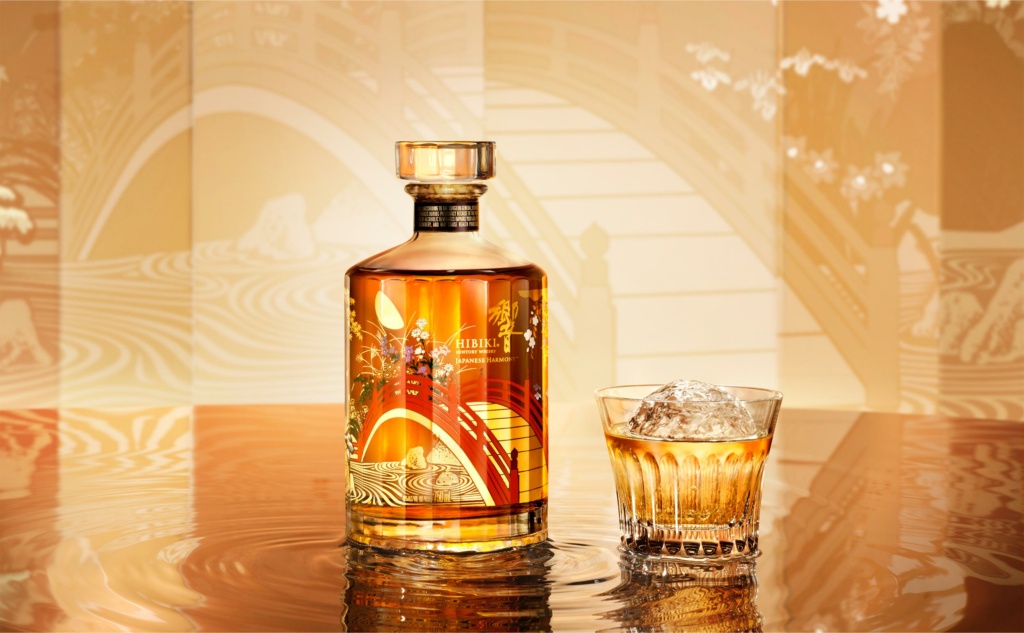
Hibiki is not only Japan’s most highly awarded blended whisky, but also among the most prestigious whiskies in the world. Made in 1989 by Japan's biggest distiller, Suntory, to celebrate their 90th anniversary, Hibiki means “resonance” and reflects the brands overall philosophy to “live in harmony with people and nature”. To reflect this, Hibiki's striking decanter has twenty-four facets to reflect the twenty-four seasons of the old Japanese lunar calendar. The liquid is made from malt and grain whiskies from Suntory’s three distilleries, which are delicately blended to unfold a full orchestra of flavours and aromas. Hibiki’s Master Blender tastes over 300 malt whisky samples a day!
Kavalan
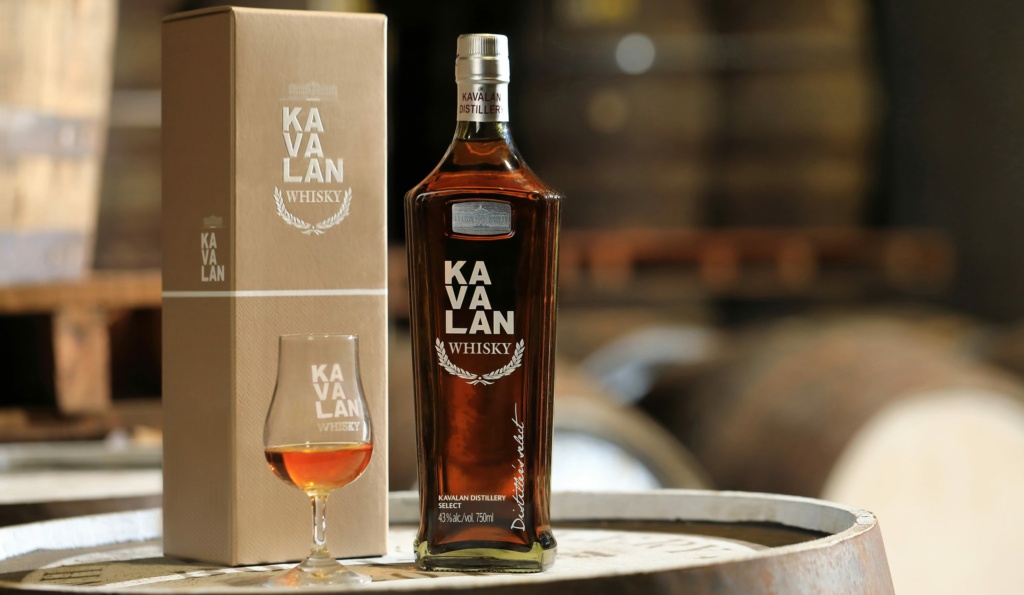
Since 2005, Kavalan has been making premium Taiwanese whisky in the heart of Yilan County at King Car distillery. It was born out of Mr. Tien-Tsai Lee's dreams of a new whisky homeland and a ‘century-old’ distillery to last generations. The single malt is made with the pure and creamy water drawn from the springs of Snow Mountain and Central Mountains, and the spirit is double-distilled and matured in five-storey high warehouses, in Taiwan’s hot climate, causing a faster aging process. The unique environment produces a one-of-a-kind single malt, which has gained much praise across its almost 20-year history.
Nikka
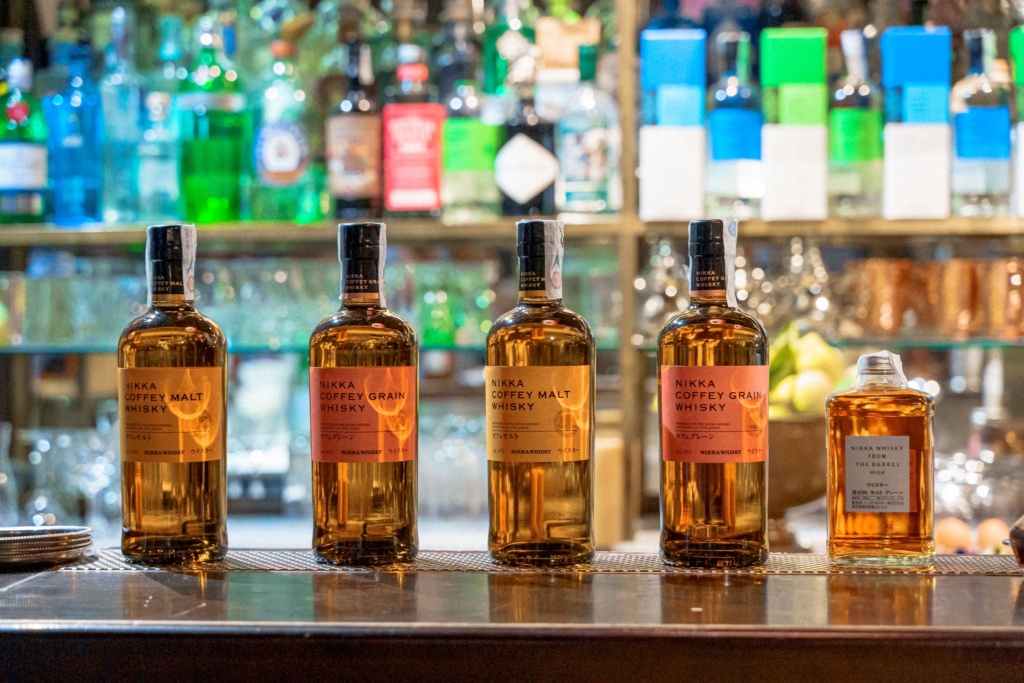
Nikka is Japan’s second biggest distiller, and with a rich history of producing whisky dating back to 1934. Founder Masataka Taketsuru discovered a love of Scottish whisky whilst studying organic chemistry at the University of Glasgow and brought back some secrets of the trade to Japan. He constructed Nikka's first distillery in Yoichi, Hokkaido, which he determined to have a climate similar to the Scottish Highlands, with another, Miyagikyo coming thirty-two years later. Yoichi is unique as a peated Japanese single malt, whereas Miyagikyo holds a fruity and floral freshness in comparison. They utilise both of these single malts in its many blends, including Nikka Days and Nikka from the Barrel.
Yamazaki
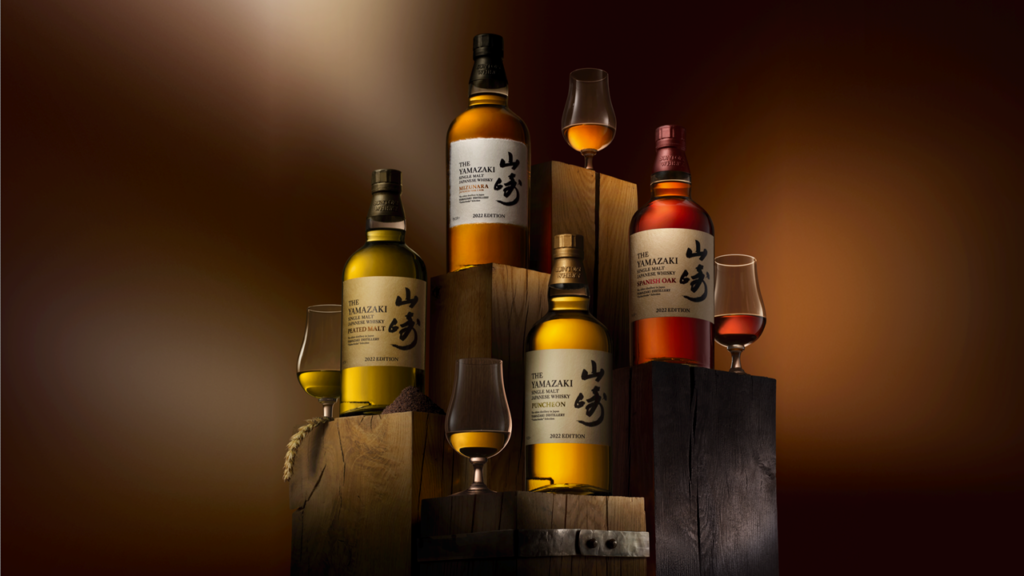
Japan's most popular single malt whisky, Yamazaki is made at Japan's first ever whisky distillery - founded near to Kyoto in 1923. Inspired by traditional Scottish whisky, Suntory founder Shinjiro Torii believed that the craftsmanship and mastery required to create single malt whisky appropriately reflects the values of the Japanese people and culture, whilst a unique climate, fresh water sources, and natural materials available would combine well in the pursuit of a world-leading whisky. And he wasn't wrong, as Yamazaki continues to garner acclaim from around the world, standing out for its use of rare Mizunara oak casks which provide a unique flavour profile.
Amrut
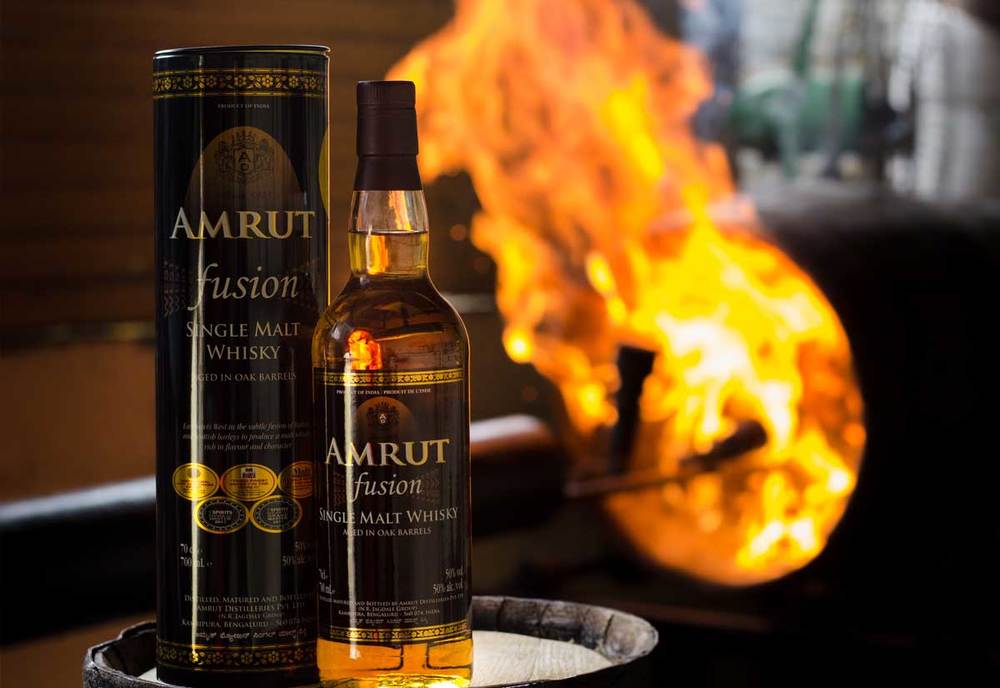
Amrut is named for a golden pot that held the elixir of life in Hindu mythology. Hailing from Bangalore, the distillery was founded in 1948 but did not begin producing whisky until the 1980s! Their single malt is matured at 3,000ft and in tropical temperatures so the liquid matures extremely quickly; as much as 15% abv is lost every year to the angel's share, whereas in Scotland it is only around 2% abv. The brand trialled the sale of its single malts in Indian restaurants in the UK in 2002, starting in Glasgow where it was particularly successful, before being promoted throughout Europe
Hakushu
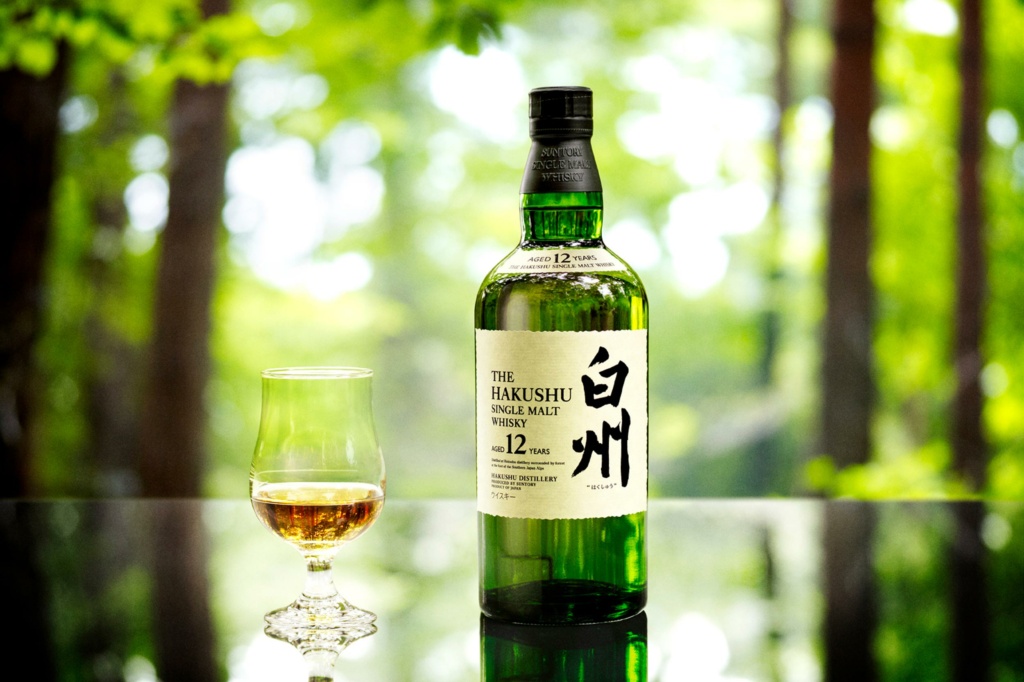
Built in 1973, Hakushu is located at the base of Mount Kaikomagatake in the forests of the Yamanashi Prefecture and is pronounced ‘Hack-shoo’, meaning ‘white sand bar’. White is a sacred colour in Japan, and the name is derived from alluvial deposits cast up by the rivers which water the district, rushing down from the mountain above in crystal-clear cascades, filtering through granite rocks and filling subterranean caverns and springs. It is considered to be the best water in Japan and is bottled and sold by Suntory, the distillery’s owner. Throughout the year, the unique micro-climate changes from a humid, misty summers into cold, fresh winters. The result is a multi-faceted expression that triumphs in conveying the diversity of Japan’s ecosystems.
Paul John
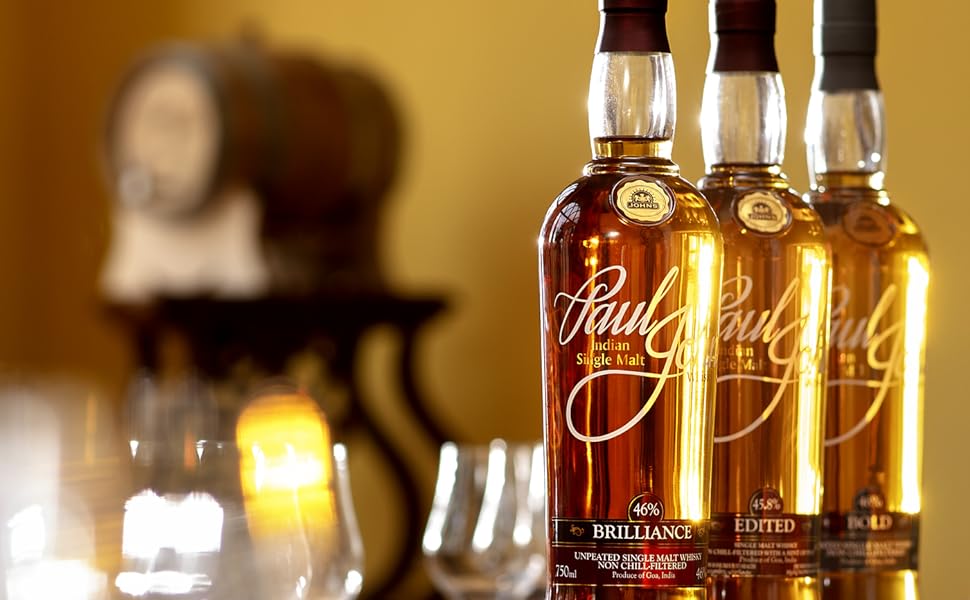
Asia's most awarded single malt, Paul John Whisky hails from the tropical shores of Goa, along the west coast of India. Established in 1996, years of research and study on distillation, and the country's whisky culture, convinced founder Mr Paul P John that he could create a single malt that would represent the innumerable hues of India, a whisky made in India not just for Indians but for the whole world to experience. The whisky is made from carefully chosen indigenous ingredients, including six row barley sourced from the foothills of the Himalayas. It's higher protein content offers a bold depth of flavour, and the higher husk content produces an oilier, richer spirit.
Hatozaki
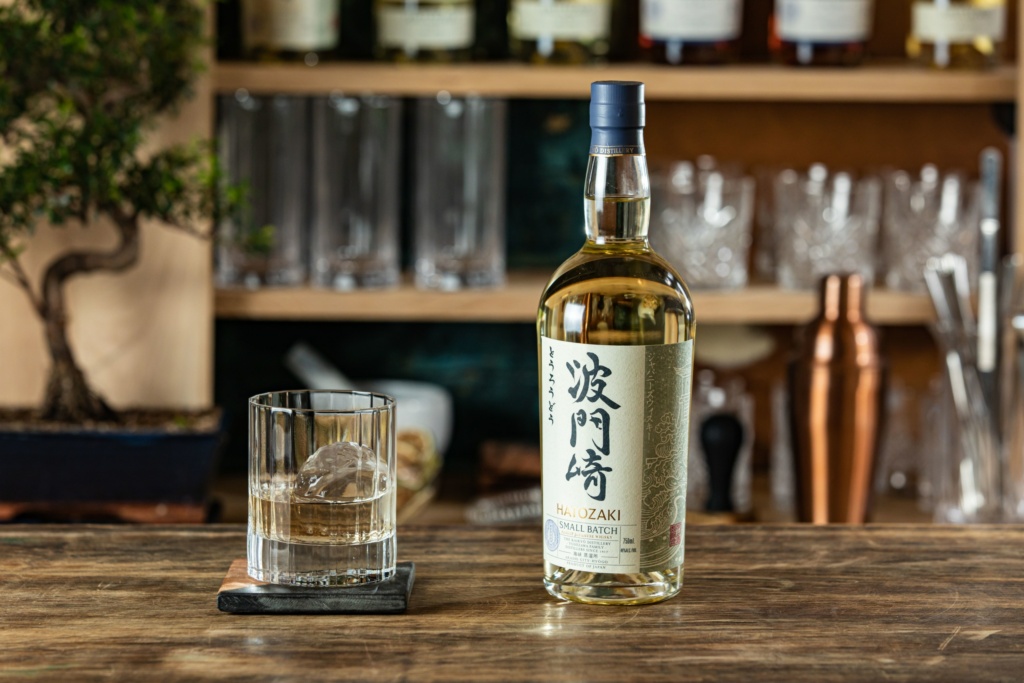
Hatozaki is distilled at Kaikyo distillery, which was founded in 2017: one hundred years after Master Distiller and Blender Kimio Yonezawa's ancestors founded their family-run sake brewery. Hatozaki was named after the oldest stone lighthouse in Japan, a symbol of safety and guidance listed as a Historical Monument. Though the distillery was named for the Akashi-Kaikyō bridge, the longest suspension bridge in the world. It stands along the coast of the Seto inland sea, which means the spirit is matured among maritime winds, dry temperate winters and humid summers. We look forward to the expressions to come, as they have amassed a diverse cellar of casks, including mizunara oak and sakura cherry wood casks.
Explore all Asian whiskies, here.
FAQ
- How do the unique environmental factors of Asian distilleries, such as Taiwan's hot climate and Japan's diverse ecosystems, influence the maturation process and flavour profiles of whiskies produced in these regions? The unique environmental factors of Asian distilleries play a significant role in shaping the maturation process and flavour profiles of whiskies produced in these regions. For example, Taiwan's hot climate accelerates the aging process, causing whiskies to mature more quickly compared to cooler climates. In Japan, the diverse ecosystems surrounding distilleries like Hakushu influence the water sources used in whisky production, contributing to the purity and unique characteristics of the final product. Additionally, Japan's changing micro-climate throughout the year imparts seasonal nuances to whiskies, adding complexity to their flavour profiles.
- What sets Asian whiskies apart from their Western counterparts in terms of flavour, production techniques, and cultural influences? Asian whiskies distinguish themselves from their Western counterparts through a combination of production techniques, cultural influences, and flavor profiles. For instance, Japanese whiskies like Hibiki and Yamazaki often exhibit a delicate balance of flavours, reflecting the Japanese philosophy of harmony and respect for nature. These whiskies may incorporate traditional Japanese craftsmanship and aesthetics into their production, such as the use of Mizunara oak casks in aging, resulting in distinctively smooth and subtly nuanced expressions. Similarly, Taiwanese whiskies like Kavalan showcase a marriage of innovation and tradition, with an emphasis on using pure water sources and leveraging Taiwan's tropical climate to create bold and flavourful spirits that have gained international acclaim.
- Are there any emerging trends or innovations in Asian whisky production that are shaping the future of the industry? One notable trend is the experimentation with cask types and aging techniques, including the use of indigenous woods like Mizunara oak and sakura cherry wood, as seen in expressions from distilleries like Hatozaki. These cask experiments contribute unique flavour profiles and aromatic qualities to whiskies, appealing to enthusiasts seeking novel sensory experiences. Additionally, there is a growing emphasis on sustainability and environmental stewardship in Asian whisky production, with some distilleries adopting eco-friendly practices and sourcing local, organic ingredients to reduce their carbon footprint. These trends reflect a commitment to quality, innovation, and cultural authenticity within the Asian whisky industry, driving continued growth and evolution in the years to come.
 4.7/5 with 10,000+ reviews
4.7/5 with 10,000+ reviews
